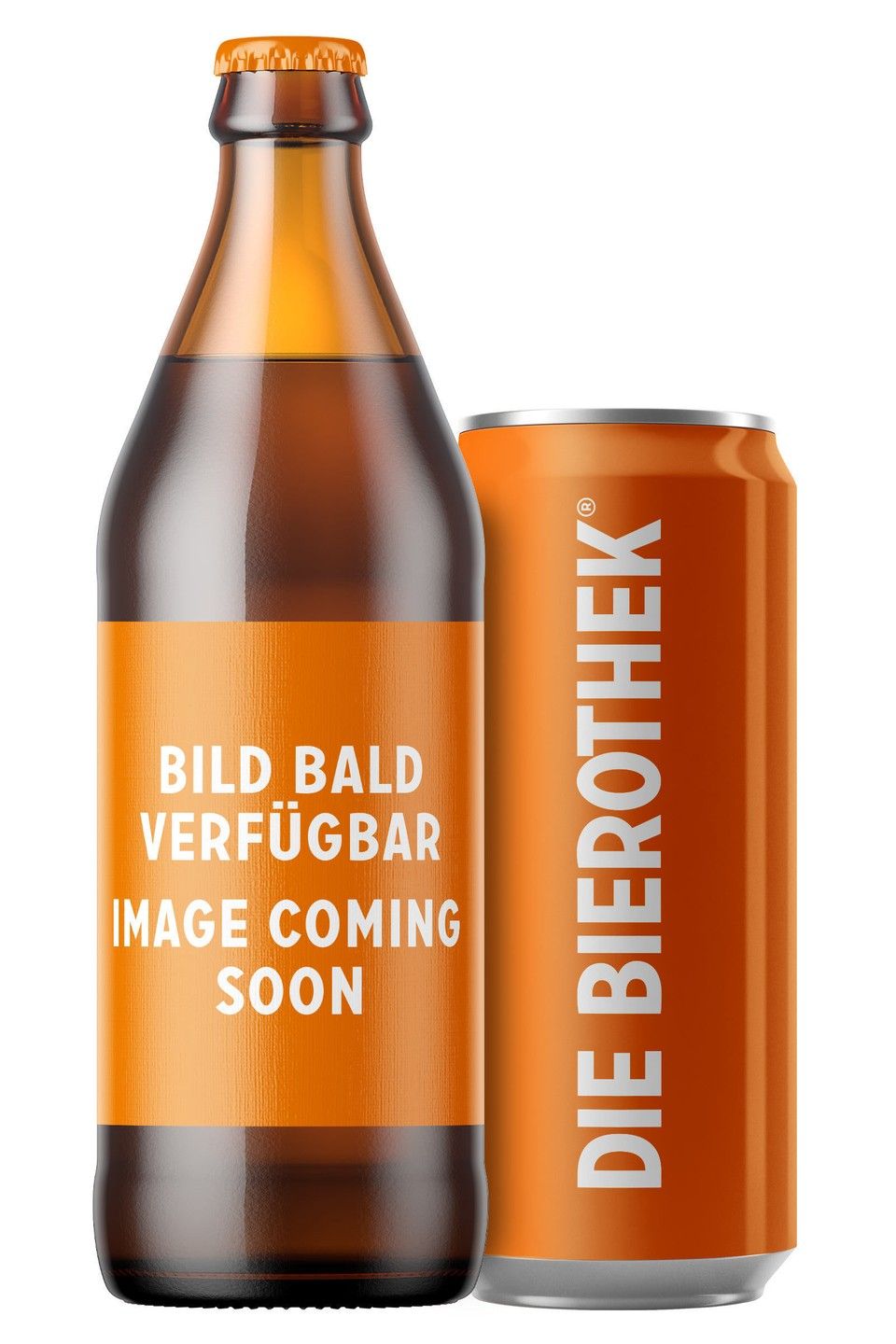
martinibock
Notify me
Enter your email address here to be informed once as soon as the article is available again.
Martin’s Day is a holiday in November that is celebrated in many regions of Germany with very special customs. Kindergartens and elementary schools organize lantern parades and wander through the city in the evening in colorfully illuminated processions. The first St. Martin’s geese with vegetables and dumplings are served in Franconia’s restaurants and dining rooms. In some places, St. Martin’s bonfires are also lit and the carnival season is opened in the country’s carnival strongholds. In the farmer’s calendar, November 11 has a completely different meaning: it marked the end of the financial year and was the last time that the cattle were driven into the barn. The first wine could be tasted and the leases were renewed. Traditionally, the beginning of the quieter half of the year was greeted with a strong bock beer. Many breweries brewed Martininbocker - some still do so today, even if Martin’s Day is now less important than it used to be.
A classic Martinibock comes from the private brewery Ulrich Martin. The seasonal delicacy brings a festive 7.0% to the table and delights with a dark symphony of roasted malts. The bock beer in honor of St. Martin’s Day presents itself in a ruby-red shimmering chestnut brown and is crowned with a good amount of ivory-colored foam. An abundance of soft malt runs like a red thread through the beer enjoyment and awakens our anticipation of the bock beer season.
- Content
-
0,50 Liter Bottle
- Brauerei
-
 Ulrich Martin
Ulrich Martin
- Bierothek® ID
- 10437003
- Weight
- 0.5kg(0.88kg with packaging)
- Deposit
- € 0.08
- LMIV
- Responsible food business operator (EU)
Brauerei Martin, Hausener Hauptstr. 5, 97453
Schonungen/Hausen Deutschland(DE)
- Beer region
- Deutschland
- Beer style
- bock beers
- Food recommendation
- Starter: Bruschetta
Main course: Roast lamb
Dessert: Tiramisu - Alcohol content
- 6.9 % vol
- Original wort
- 16 ° Plato
